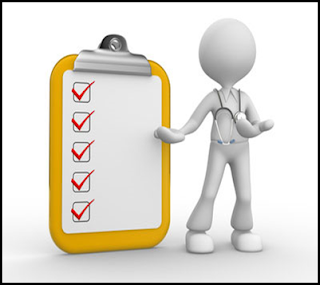How clean, legible, and maintainable is your source code?
Often it is best to start your health evaluation with your product source code.
At the end of the day, it is compiled source code you deliver to all your customers to work with.
One nice aspect of source code checks is that a whole set of tools is available on the market.
You still need an expert to provide the diagnostic, but the gathering of data can be automated and quite inexpensive to gather.
Below is a list of capabilities we have built up over time for source code checks.
Use common sense and strategic goals to identify the objectives you want to measure.
Expertise is needed to define values to measure if the source code of your product reaches the selected objectives.
-
Java 11/10/9/8/7/6 code and how to migrate to the current version and use the new Java features,
-
Multithreaded, parallel programming, and reactive systems,
-
Functional and object-oriented detailed design approaches,
-
Test-driven development TDD and built-in quality - gradle or maven -,
-
Acceptance test driven development ATDD and user acceptance,
-
Clean code approach and detection of code smells,
-
Static analysis tools to measure the quality attributes of source code,
-
Compilation and test automation,
-
Software craftsmanship approach, values, and techniques,
-
Domain driven development and micro services,
-
Database models and open data,
-
Software architecture and Enterprise architecture,
-
CI and CD - continuous integration, continuous delivery, continuous deployment,
-
Static quality assurance approaches for quick diagnostics,
-
Development tools to improve quality and productivity,
-
User Experience and UI design.
The blog SonarLint for the Impatient would be a pragmatic first measure to measure and improve your source code health.
Any product should have a battery of measures deployed to continuously monitor the source code and detect trends over time.
